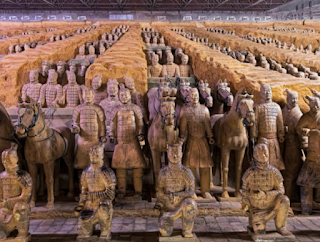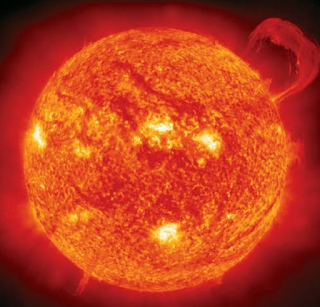Terracotta Warriors: effigies of 8000 soldiers are made here
- Get link
- X
- Other Apps
The texture of the effigies buried under the ground surprises everyone. This is because they have been made with great detail. His hair, clothes, facial expressions are all clearly visible.
The secret figurines of the Terracotta Army are believed to have been buried in the ground alongside the tomb of the Chinese ruler, Qin Shi Huang. It dates back to around 250 BC, when a young emperor, Ying Zheng, at the age of 13 in China's Shaanxi province, ordered his tomb to be built. At the age of 38, King Zheng succeeded in uniting all the warring states and became the first emperor of China, Qin Shi Huang. As the emperor's power grew, so did the rain of wealth, and the emperor began to worry about the possible bleakness that would follow after his death. So he issued an order that a luxurious tomb should be built for him. This tomb should be underground and clay effigies of his entire army should be made there. After this, according to the order of the king, a desert site was chosen for the tomb, across the mountains north of the city of Xi'an. Where the tomb of the king was made by digging under the ground and along with it the effigies of his terracotta army warriors and their horses were made. After this work, the tomb was covered with soil and remained hidden from human eyes for the whole 2200 years.
came out like this
The real weapon is in the hands of the statues
Read more articles 👇
Our blog--kpssuresh.blogspot.com
- Get link
- X
- Other Apps





Comments
Post a Comment